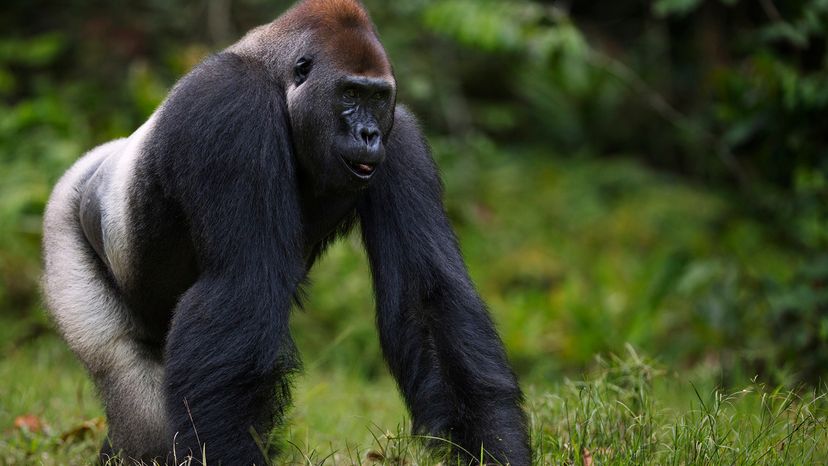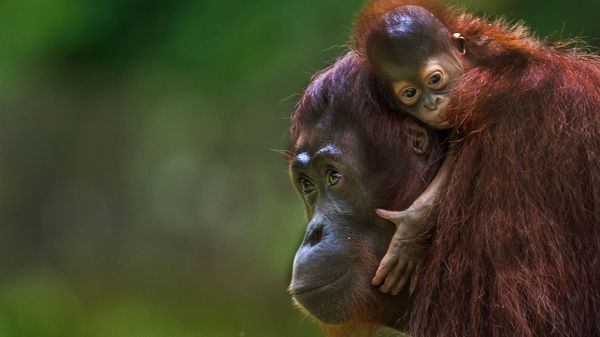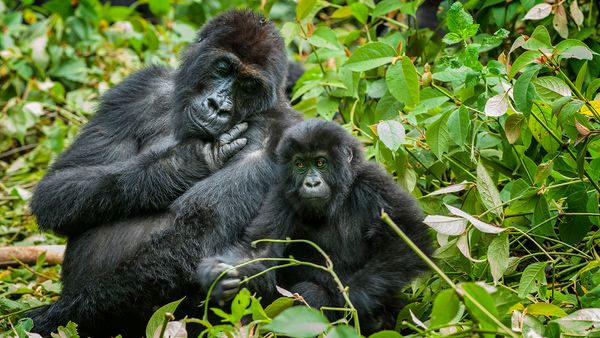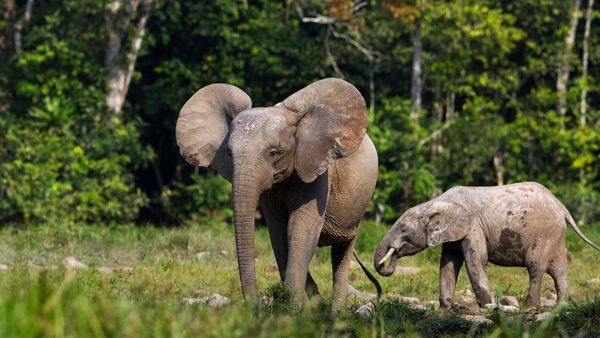Western lowland gorillas live in groups called troops, which can range in size from as little as a single pair to 30-plus members. However, the average troop size is around five individuals.
A typical troop, led by a dominant silverback male, often consists of at least one other black back male in addition to several adult females — and, of course their offspring. The composition of the group can vary due to a number of factors, including immigration/emigration patterns, as well as births and deaths within the troop.
Mature offspring, both males and females, usually depart form the group they were born within to find mates. Females emigrate into new groups at around eight years old, choosing the silverback based on factors such as size and home habitat.
A female gorilla may change family groups multiple times throughout her life. Some sexually mature males may attempt to replace the silverback in an established group, but they often spend a few years as bachelor males. Troops can also be formed when non-related females join a lone male.
The dominant silverback male leads the group, regulating their activities such as feeding, nesting and movement within their home range. He also has what you might call the "right of first refusal" when it comes to breeding, although sub-adult males may have opportunities to mate with females as well, depending on the group.



